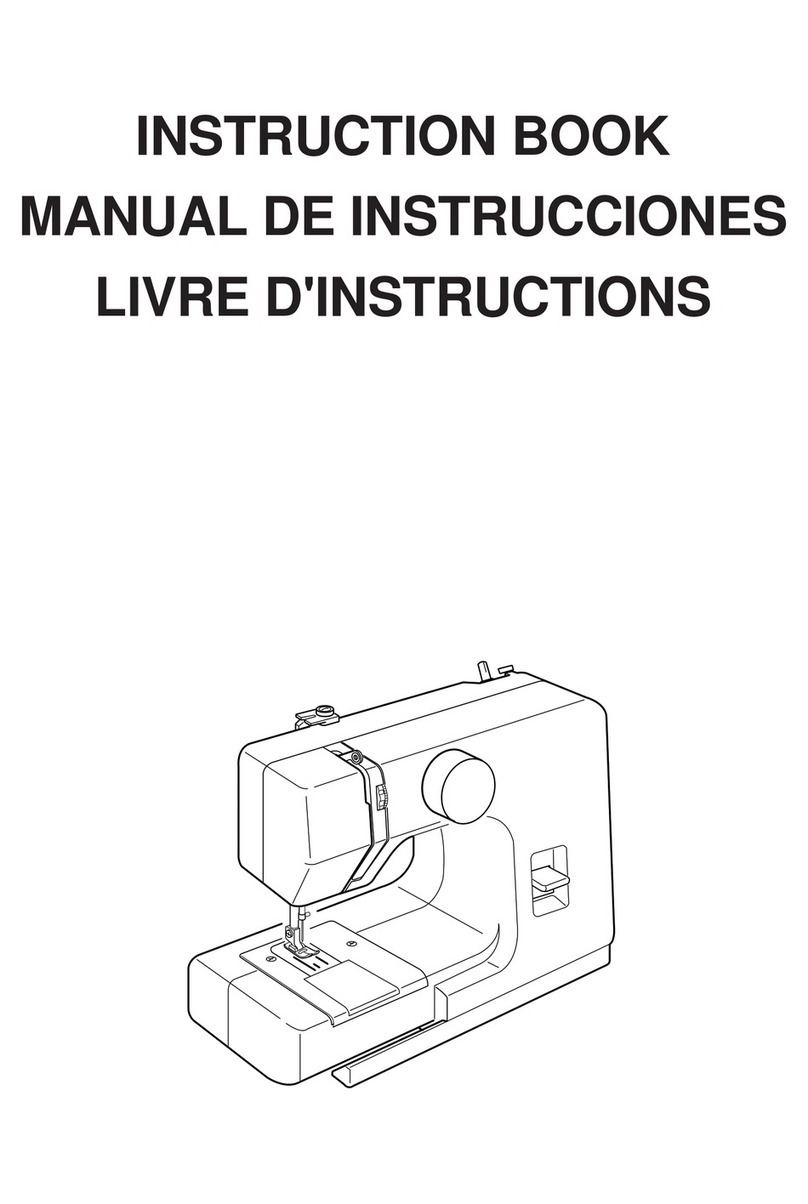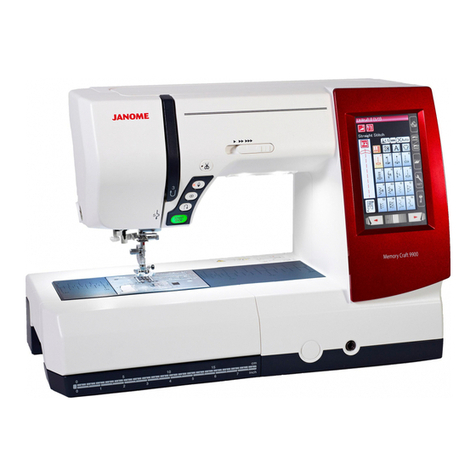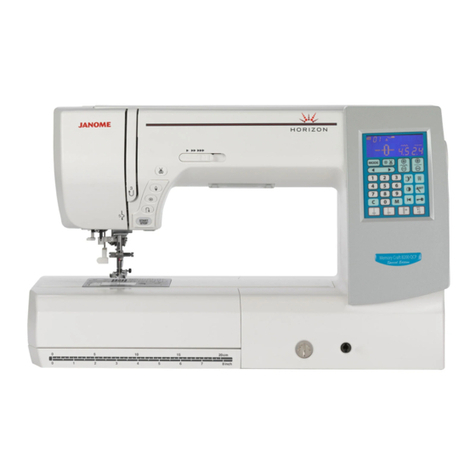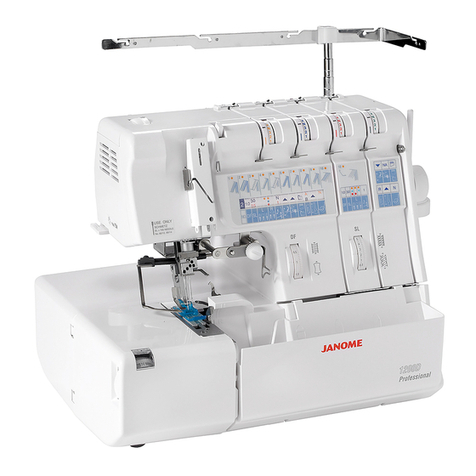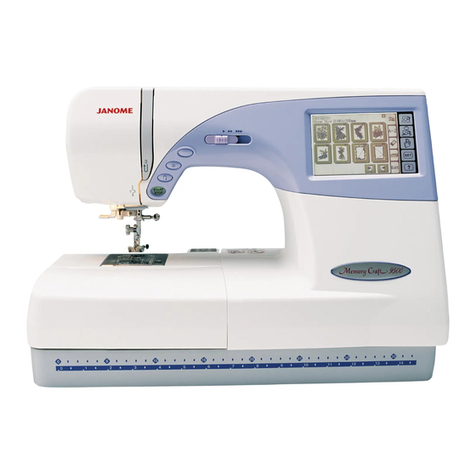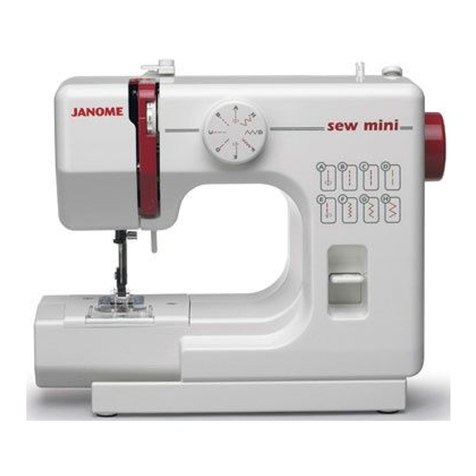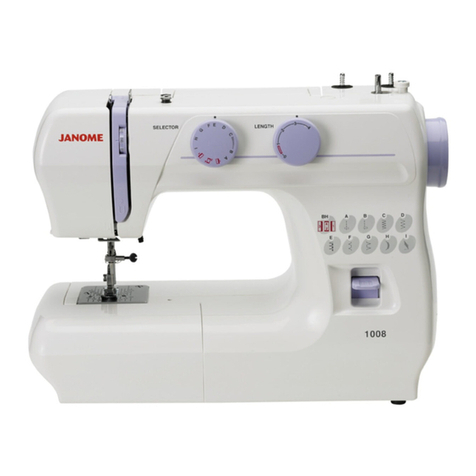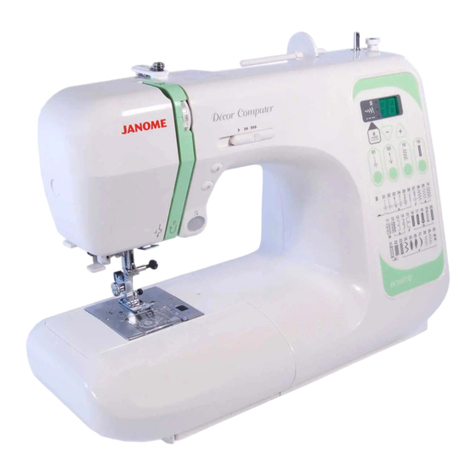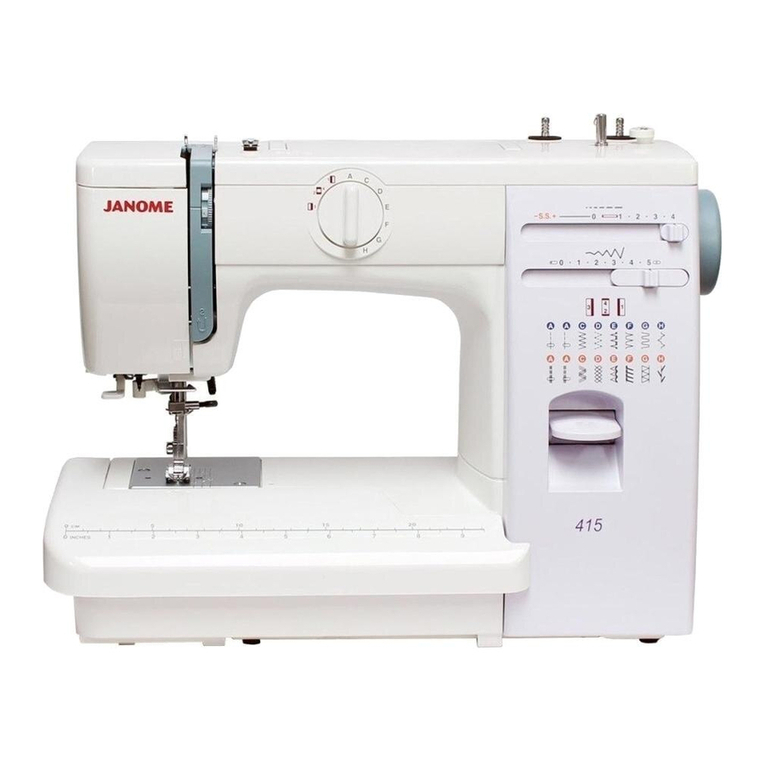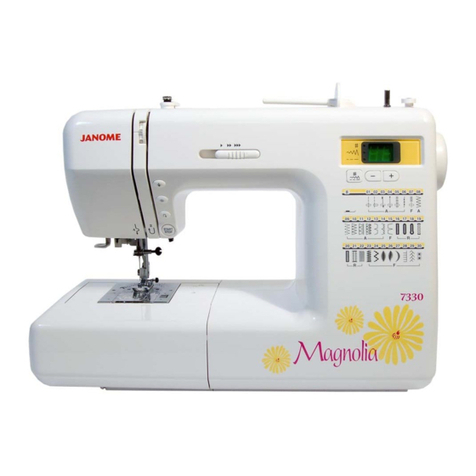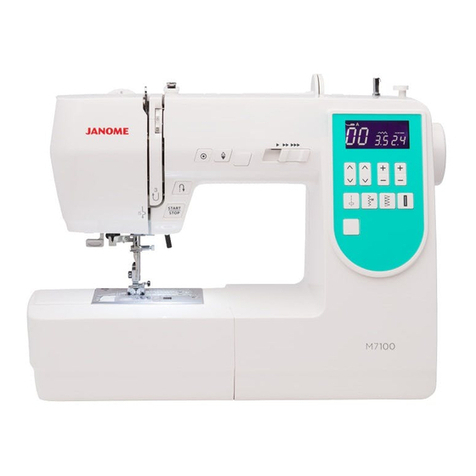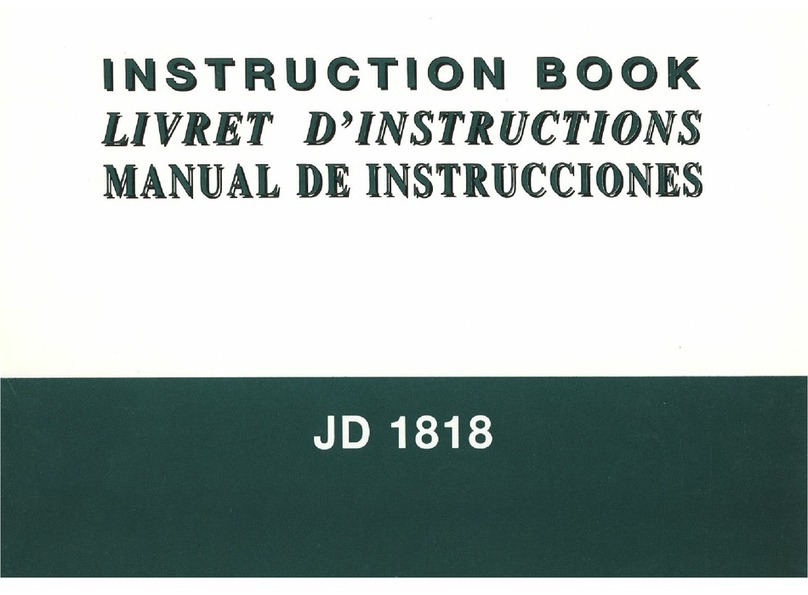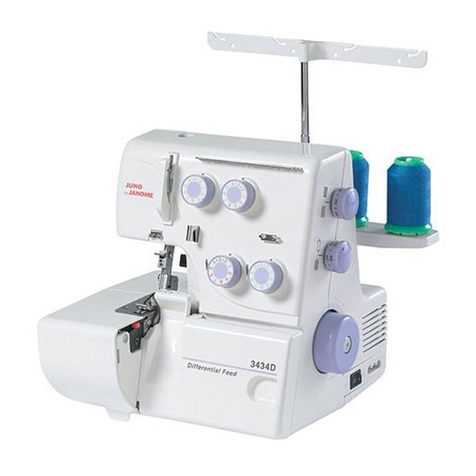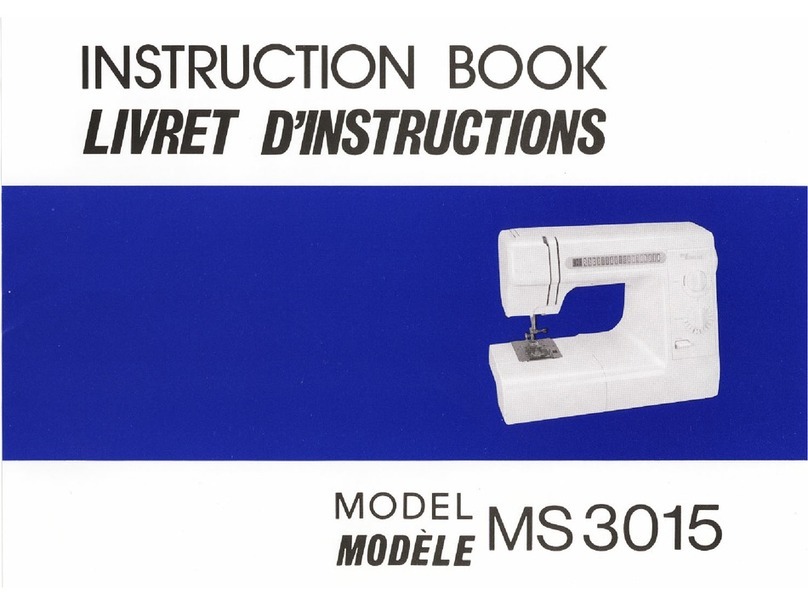
Page 4
2022.02
Quilt Maker 15 User Manual
Safety Section
This device complies with Part 15 of the FCC Rules.
Operation is subject to the following two conditions:
(1) This device may not cause harmful interference, and
(2) this device must accept any interference received,
including interference that may cause undesired
operation.
Note: Do not operate your Janome Quilt Maker 15®
quilting machine until you have completely read the
information contained in this manual. Please keep all
packaging and order information for warranty purposes.
IMPORTANT SAFETY INSTRUCTIONS
Read all instructions before using this machine.
When using this machine, basic safety precautions
should always be followed, including the following:
DANGER — To reduce the risk of electric shock:
• A quilting machine should never be left unattended
when plugged in. Always unplug the machine from
the electrical outlet immediately after using and
before cleaning.
WARNING — To reduce the risk of burns, fire,
electric shock, or injury to persons:
• The Janome Quilt Maker 15 is heavy. Never attempt
to lift it alone. Always use two people when lifting.
Always lift from the throat of the machine, not from
the handlebars.
• Always unplug the Janome Quilt Maker 15 from the
electrical outlet when performing any maintenance,
changing the needle, removing thread locks, or when
left unattended.
• Do not unplug by pulling on cord. To unplug, grasp
the plug, not the cord.
• Keep fingers away from all moving parts. Use caution
around the needle or sharp external components.
• Change the needle often. Do not use bent or dull
needles. “Every quilt deserves a new needle”.
• Switch the machine to the symbol o, or 0, position
to turn it o when making any adjustments in the
needle area, such as threading needle, changing
needle, threading bobbin, changing hopping foot,
and so forth.
• Never drop or insert foreign objects into any
opening.
• The Janome Quilt Maker 15 should only be used
indoors away from moisture.
• The Janome Quilt Maker 15 should not be stored or
used in extreme temperatures.
• Use the Janome Quilt Maker 15 only for its intended
use as described in this manual.
• To disconnect from the wall outlet, push the switch
to the o position, then remove the plug from outlet
pulling from the plug, not the cord. Never operate
the Janome Quilt Maker 15 if the cord is damaged or
not working correctly. If a mechanical or electrical
problem is encountered, return the Janome Quilt
Maker 15 to the nearest authorized service center or
the manufacturer for examination, repair, electrical,
or mechanical adjustment.
• It is not recommended that the Janome Quilt Maker
15 quilting machine be used with any machine quilting
frame other than those recommended by Janome.
• Use this quilting machine only for its intended use
as described in this manual. Use only attachments
recommended by the manufacturer as contained in
this manual.
• Never operate the machine with any air openings
blocked. Keep ventilation openings of the machine
free from the accumulation of lint, dust, and loose
cloth.
• Do not operate where aerosol (spray) products are
being used or where oxygen is being administered.
• Do not pull or push the machine across the fabric
excessively while stitching. It may deflect the needle
enough to cause it to break.
• Use only needles designed for free motion quilting
and recommended by Janome for this machine.
Other types of needles may be break during normal
quilting.
• Children shall not play with the machine. Close
attention is necessary when this machine is used
by or near children.
• This sewing machine may be used by children age 8
years and above and persons with reduced physical,
sensory, or mental capabilities or lack of experience
and knowledge if they have been given supervision
or instruction concerning use of the machine in a
safe way and understand the hazards involved.
• Cleaning and user maintenance shall not be made
by children without supervision.
• When machine is not in use unplug from all power
sources.

